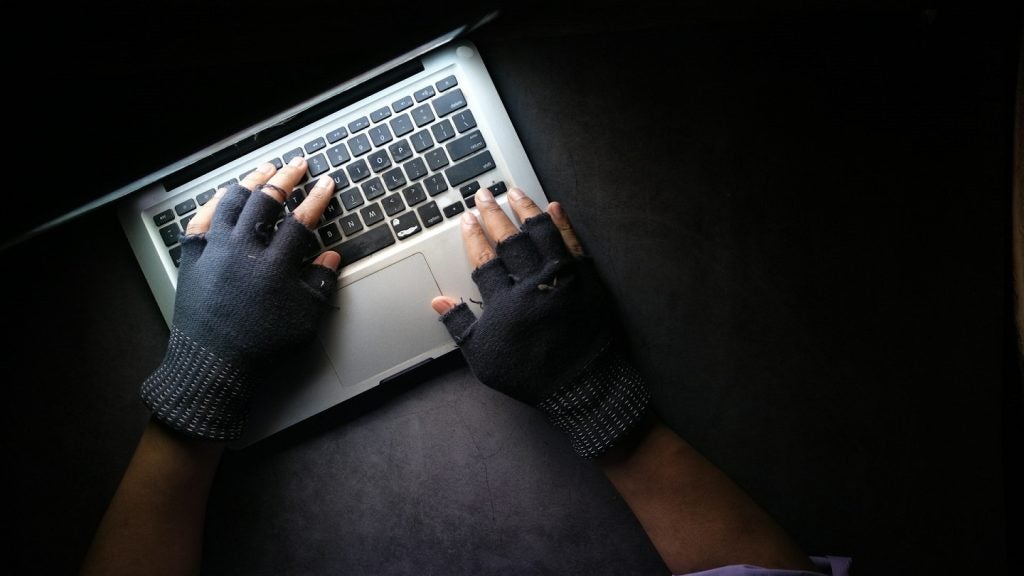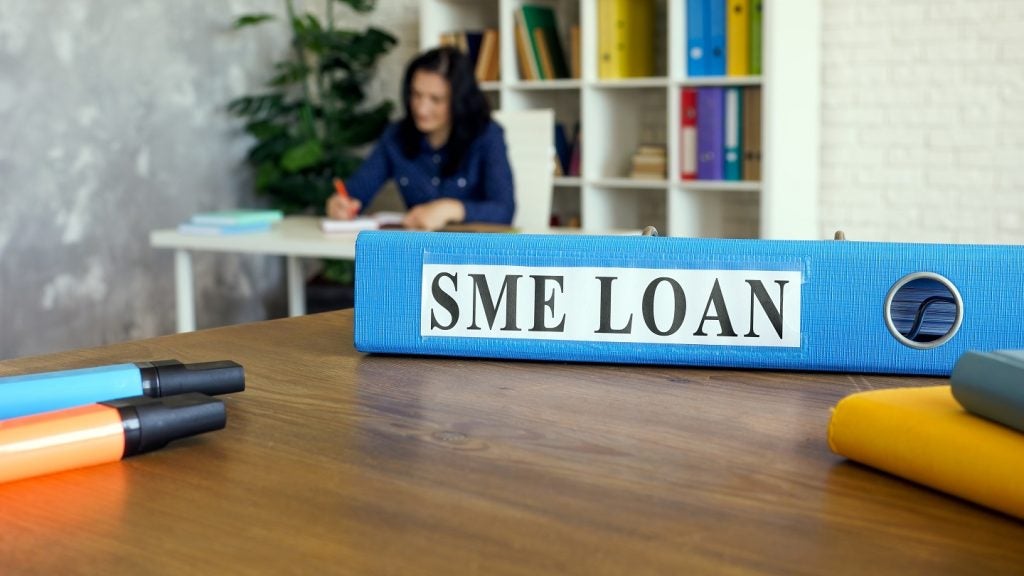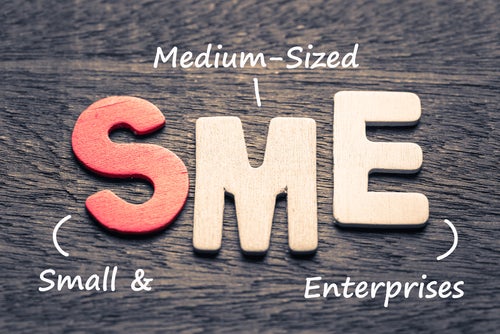Although well down on pre-crisis levels, demand for
construction machines is on the rise.
 The
The
market for leasing heavy machinery, especially in the ‘yellow
metal’ asset category, took a pounding when the construction
industry slumped in 2008.
The construction market remains
weak but other parts of the yellow metal market have rebounded as
waste and quarry companies renew equipment and attempt to control
costs by leasing assets.
The main providers of leased yellow
metal – a broad terms that includes articulated trucks, hydraulic
excavators and loaders – are captive finance arms of manufacturers,
such as Caterpillar or JCB.
In construction, the leasing market
for yellow metal is smaller than in other industries because much
equipment is hired for short-term projects.
How well do you really know your competitors?
Access the most comprehensive Company Profiles on the market, powered by GlobalData. Save hours of research. Gain competitive edge.

Thank you!
Your download email will arrive shortly
Not ready to buy yet? Download a free sample
We are confident about the unique quality of our Company Profiles. However, we want you to make the most beneficial decision for your business, so we offer a free sample that you can download by submitting the below form
By GlobalDataNigel Samson is head of partner
sales, equipment and leasing at BNP Paribas Leasing Solutions,
which operates in the construction and quarry industries.
Samson says the company has seen a
recent increase in demand for sales of construction machines in the
UK. However, sales are still about 55% lower than in 2007.
In September 2008, the collapse of
Lehman Brothers panicked markets and triggered a global economic
crisis. Within months, the leasing market for yellow metal in the
UK froze.
Plant hire companies stopped buying
new equipment, and many businesses leasing plant and equipment
asked for ‘payment holidays’ or extensions to their contracts to
reduce their monthly payments.
In the UK, many plant hire
companies liquidated unutilised stock, selling to buyers in
mainland Europe countries which were not yet in recession, Samson
says.
“There was no slack in the system,”
he adds.
As the recession hit harder all
factories producing yellow equipment had to implement cost savings
such as introducing a shorter working week. Demand is exceeding
supply for two reasons. Companies have been cutting stock in the
supply chain for the past three years, and in Japan, a major
manufacturer of components for yellow metal equipment, production
was disrupted by the earthquake and tsunami in March.
JCB Finance marketing general
manager Nigel Greenaway says demand for leasing yellow metal has
held up fairly well – particularly in waste and recycling and
mining and quarrying.
 In
In
these sectors there is still good demand for leasing heavy
machinery, such as tracked excavators and wheeled-loading
shovels.
Advantages to customers of leasing
equipment include fixing their plant and operating costs over five
years, and avoiding the hassle of selling old equipment, Greenaway
says.
Leasing equipment can help give
customers a clearer picture of their main business costs – such as
the cost of processing a tonne of waste or quarried material,
Greenaway adds.
“A waste company that has a
contract with a council to transfer and process a certain amount of
tonnes per month will need to know how much it costs them to
process the waste,” Greenaway says.
The calculation typically includes
factors such as how often the leased equipment will be used and to
what intensity; the environment it will be used in, for example,
dusty and uneven ground; and the level of training machine
operators have been given.
“The leasing company needs to know
how much the equipment will be used and how much punishment it will
take,” says Greenaway.
How robust is the recovery in
yellow metal leasing? Caterpillar Financial Services, one of the
biggest captive finance providers in yellow metal, is fairly
upbeat.
Caterpillar Financial Services
regional sales manager Chris Farrar says the company has seen
double-digit sales growth in the UK and parts of Europe this year,
in mining, quarry and aggregate and waste.
Farrar attributes the growth to
companies replacing old fleets of equipment, and to captive finance
companies being able to use their parent company networks to sell
assets for a good price at the end of a contract.
Money from the sale of assets can
be used to offer customers lower monthly leasing payments for
customers, he said.
“Customers are saying that
redistributing assets [at the end of a contract] is not really a
core competency,” Farrar says.
Traditionally plant hire companies
have supplied heavy equipment to companies through hire purchase
rather than leasing it. Recently, however, more plant hire
companies have begun to lease more assets to customers, Farrar
adds.
“Hire purchase tends to be more of
a drain on cash flow as more upfront payments are needed,” he
says.
In the UK, changes to the tax
system could provide a short-term fillip for leasing in yellow
metal, JCB’s Greenaway says.
From April 2012, the current
£100,000 (€114,000) annual investment allowance for cash or hire
purchases will reduce to £25,000, meaning that there is a financial
incentive for ordering new equipment now, Greenaway said.
And in another change to capital
allowance rules, the annual ‘writing down’ allowance of capital
assets will reduce from 20% to 18%.
This may make the use of cash or
hire purchase a relatively tax inefficient funding method,
Greenaway says. The new tax rule will mainly affect smaller
companies.
The new tax rule will mean that it
will take a company about 12 years to write off 90% of the original
capital cost of the asset against tax.
Under existing tax rules 100% of the rental cost of an operating
lease can be written off against taxable profits in the year that
they occur.







